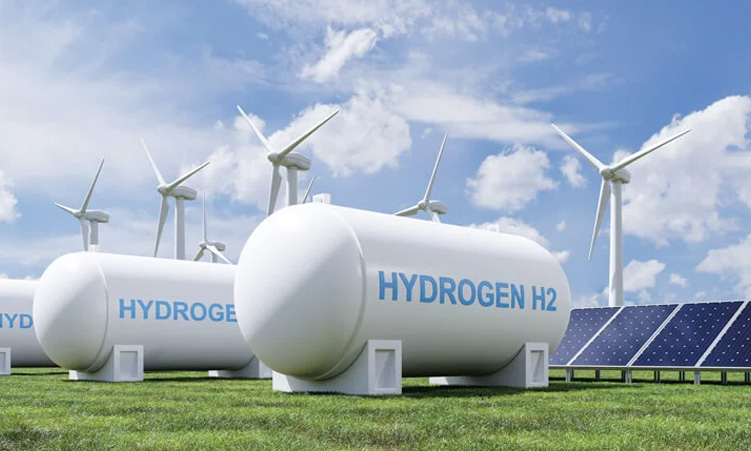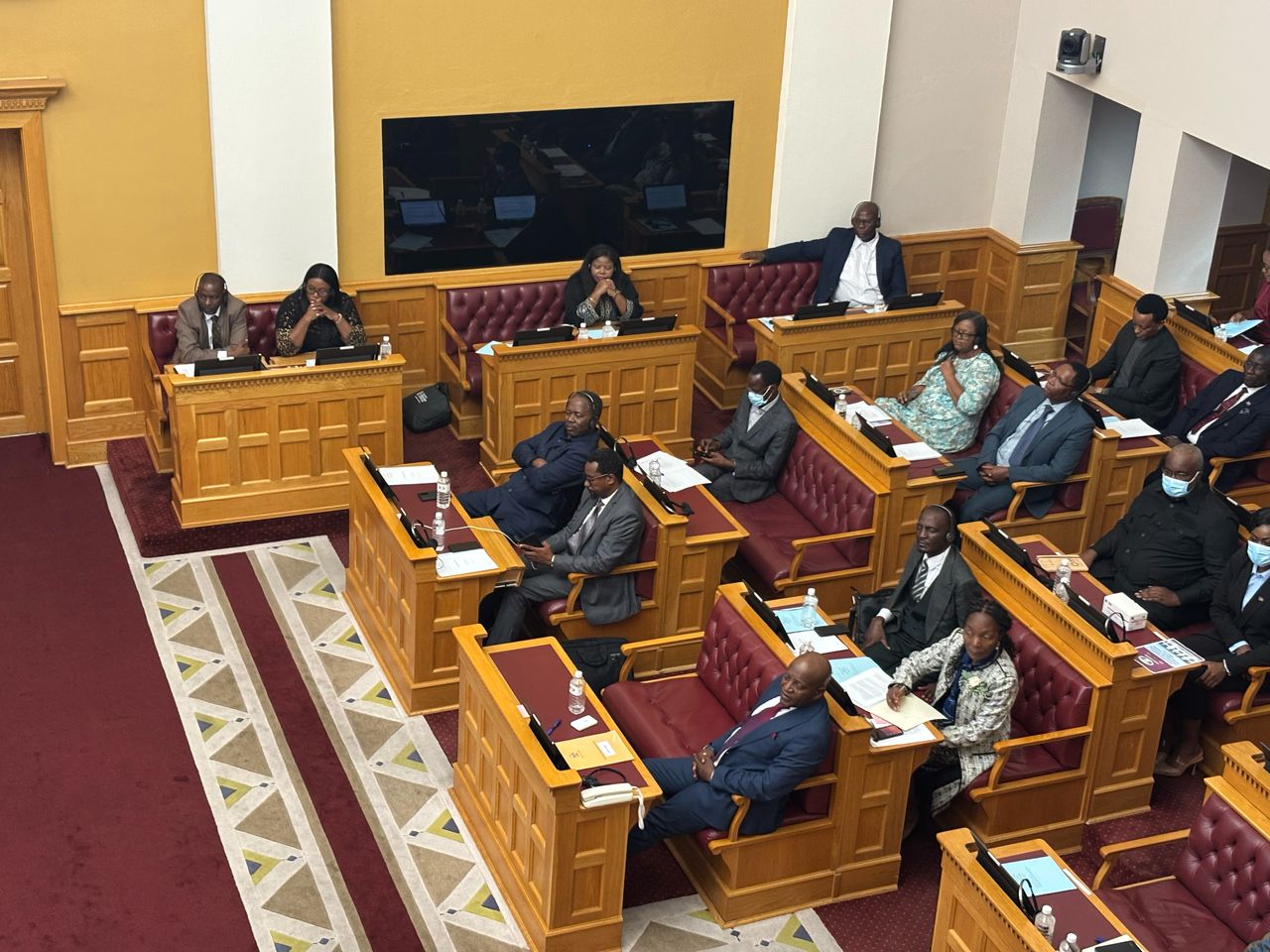For the past two years Namibia has been the centre of attraction worldwide in so far as green hydrogen is concerned.
Notably, a series of large-scale project launches has positioned Namibia as a destination for green energy project developers and financiers alike.
Shockingly, the various political parties’ recent manifestos that I perused did not say much on this emerging sector. However, that is a topic for another day.
Namibia stands on the brink of a major economic transformation with the emergence of its green hydrogen sector, a venture that holds immense promise for the country’s renewable energy ambitions and economic growth. However, this development also brings a familiar challenge that resource-rich countries face: the threat of the ‘Dutch disease’.
This refers to a situation where a sudden influx of wealth from a booming sector, typically natural resources, leads to the decline of other economic sectors, especially manufacturing and agriculture. This occurs due to an overreliance on one industry, causing the local currency to strengthen, which makes exports from other sectors more expensive and less competitive.
With Namibia’s green hydrogen sector projected to generate billions in revenue, the key question is: Can we avoid its emergence?
Of course we can argue that when a country’s currency is pegged to another, as Namibia’s dollar is pegged to the South African rand, it can offer some insulation against the traditional symptoms of Dutch disease, such as rapid currency appreciation.
However, pegging the currency does not fully eliminate the risk of Dutch disease affecting other sectors. Therefore, we need to ensure that we are ahead of time.
Namibia must strategise to avoid the pitfalls that come with rapid growth in a single sector. There is no ‘one-size-fits-all’, but there are several steps that could help mitigate this risk.
Firstly, we must invest in diversifying our economy beyond green hydrogen. Strengthening sectors such as agriculture, manufacturing and tourism could ensure the country does not become too reliant on one industry.
Secondly, revenue from green hydrogen should be managed prudently. We should make use of the existing sovereign wealth funds or establish others specifically for this sector to ensure that we allocate funds for infrastructure, education and health.
Thirdly, developing the skills and capacities of Namibians to work in a variety of sectors is crucial.
Lastly, we should strengthen local value chains by ensuring the green hydrogen sector supports, rather than weakens, other industries.
Developing local supply chains and fostering technological innovation across sectors can create sustainable economic growth.
Namibia has the opportunity to harness green hydrogen as a catalyst for national development. However, careful planning and a commitment to long-term, diversified growth will be essential to avoid economic pitfalls.
Peya Junior Mushelenga
Stay informed with The Namibian – your source for credible journalism. Get in-depth reporting and opinions for
only N$85 a month. Invest in journalism, invest in democracy –
Subscribe Now!










